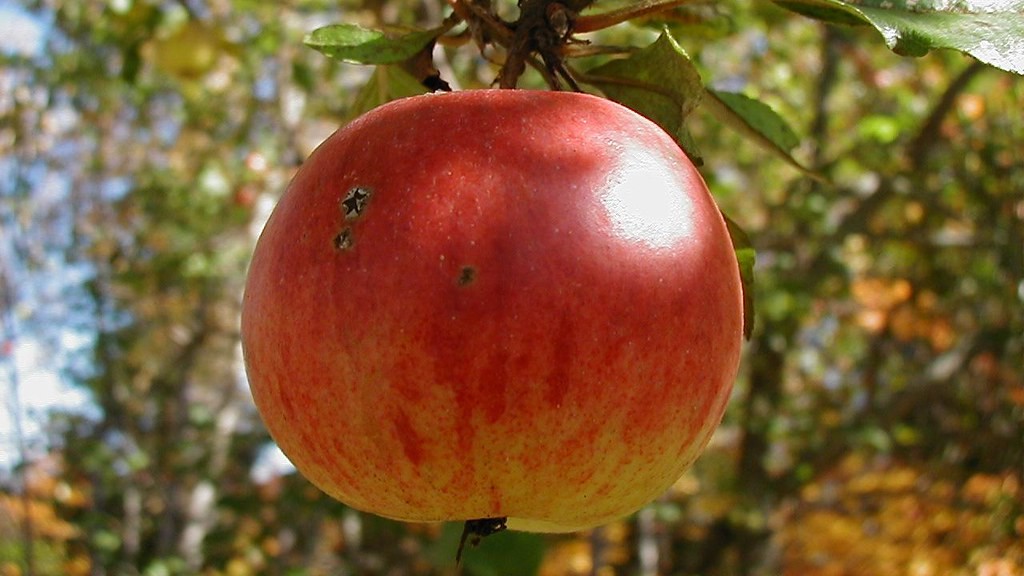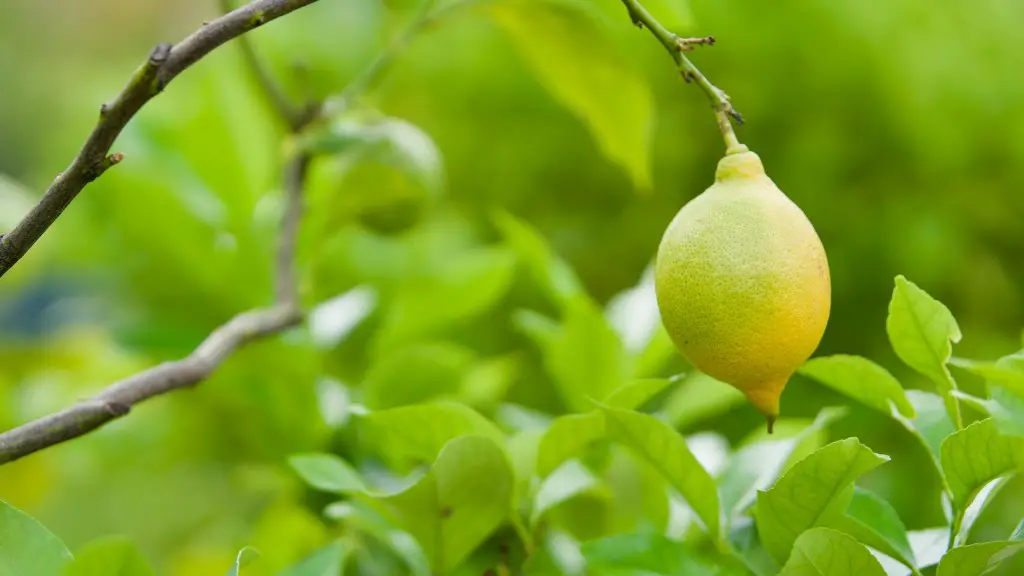Contrary to popular belief, pruning a lemon tree can be a tricky process. When done correctly, pruning will encourage new growth and a healthy, abundant fruit production. If done improperly, it can damage or kill the tree. Knowing how hard to prune a lemon tree is therefore critical for the tree’s sustainability.
Generally speaking, lemon trees need pruning roughly once a year, usually in the early spring when signs of new growth begin to appear. However, if the tree has grown too large, more frequent pruning might be necessary. The sharpness of the pruning shears is also important, as a sharp blade can make a cleaner cut with less trauma to the tree.
Before pruning, it’s important to inspect the branches and determine which ones should be removed. Diseased, dead or broken branches should be removed, as should those growing in towards the inside of the tree. Removing the excess foliage can free up vital resources needed for fruit production. Avoiding removing more than one-third of the total foliage is essential for the tree’s health and vigor.
When pruning, make sure to always cut back to the next growth bud. Making clean, angled cuts at a forty-five degree angle just above a growth bud will provide the best results for the overall health of the tree and fruit production.
When pruning, it’s important to keep in mind the degree of severity of the cuts. If too much pruning is done, it can damage the tree. Removing significant amounts of foliage can shock the tree and stunt its growth and fruit production. Avoid over-pruning and excessive pruning to ensure the health of the tree and the fruit.
Finally, lemon trees should never be top-pruned. Pruning the top of the tree can cause the growth to become unstable and disfigured. Top-pruning can also lead to weak fruit clusters and poor production.
For best results, lemon trees should be pruned with care and precision. Knowing how hard to prune a lemon tree is key for its sustainability and fruit production.
Healthy Pruning Practices
When pruning a lemon tree, it’s important to adhere to healthy pruning practices. Healthy pruning helps to ensure the tree’s health and vitality, as well as abundant fruit production. Pruning should only be done when necessary, and done in such a way that the damage to the tree is minimized.
Care should be taken when using pruning shears, as a sharp blade will make a cleaner cut with less trauma to the tree. Avoid cutting back branches at an unnatural angle and try to prune just above a growth bud. Pruning should also avoid removing more than one-third of the total foliage and should never involve top-pruning.
When deciding which branches to remove, diseased, dead or broken branches should be removed, as should any that are growing in towards the inside of the tree. Removing excess foliage can free up the resources needed for fruit production. Overall, pruning should be done with precision and care, avoiding over-pruning and excessive pruning.
When to Prune a Lemon Tree
Knowing when to prune a lemon tree is crucial to its sustainability and fruit production. Generally speaking, pruning should be done roughly once a year, usually in the early spring when signs of new growth begin to appear. If the tree has grown too large, more frequent pruning might be necessary.
Pruning too early can be dangerous, especially in cold climates where there is a risk of frost. In these climates, it’s best to wait until late spring and avoid pruning in the winter months. Pruning too late can also stunt the growth of the tree, as it will not have time to recover before winter.
Pruning should also take into account the condition of the tree. If additional pruning or maintenance is needed, such as removing dead or faulty limbs, it’s important to identify the areas that need attention and proceed with caution. Pruning in this situation should involve removing the affected branches, rather than removing further branches that may not need it.
Tools for Pruning
When pruning, it’s important to use the right tools to ensure a clean, precise cut. Pruning shears are an essential tool for pruning and should be sharpened beforehand to ensure a clean cut. Pruning saws can also be used for larger branches, as they are sturdier and will make a cleaner cut.
In addition to pruning shears and saws, other tools such as pole saws, pruning loppers and hand pruners might be necessary for larger, more mature lemon trees. Knowing which tool to use for each situation can make the pruning process easier and more efficient.
Loppers, which are essentially large shears, should be used for larger branches. Hand pruners, which are smaller and more precise, should be used for smaller branches. Pole saws are most effective for branches that are too high to reach with a normal pruner.
Tips for Proper Pruning
Pruning a lemon tree requires skill and precision to ensure the sustainability of the tree and abundant fruit production. The following tips should be kept in mind when pruning a lemon tree to maximize its health and vigor:
- Pruning should be done once a year, generally in the early spring when signs of new growth begin to appear.
- Avoid pruning in the winter or late spring.
- Sharp tools should be used to make a clean cut.
- Removing more than one-third of the total foliage should be avoided.
- Make sure to always prune back to the next growth bud.
- Top-pruning should be avoided.
- Avoid over-pruning and excessive pruning.
Benefits of Pruning a Lemon Tree
Pruning a lemon tree can have numerous benefits if done correctly. Pruning encourages new growth and can make the tree stronger and more resistant to disease. It can also improve the overall appearance of the tree, as well as its fruit production.
Frequent pruning can help to keep the tree healthy and strong, as it will be able to draw resources from the new growth. Pruning also helps to allow more light and air circulation in the tree, which can be beneficial for flowering and fruiting.
Removing diseased and dead branches can help to improve the overall health of the tree and reduce the risk of infestations by pests and fungi. It can also help to reduce disease spread to other parts of the tree, as the affected branches can be removed before the disease has a chance to spread.
Finally, pruning a lemon tree can help to keep the tree from becoming overcrowded. This can encourage new growth, improve air circulation and keep the tree healthy.




